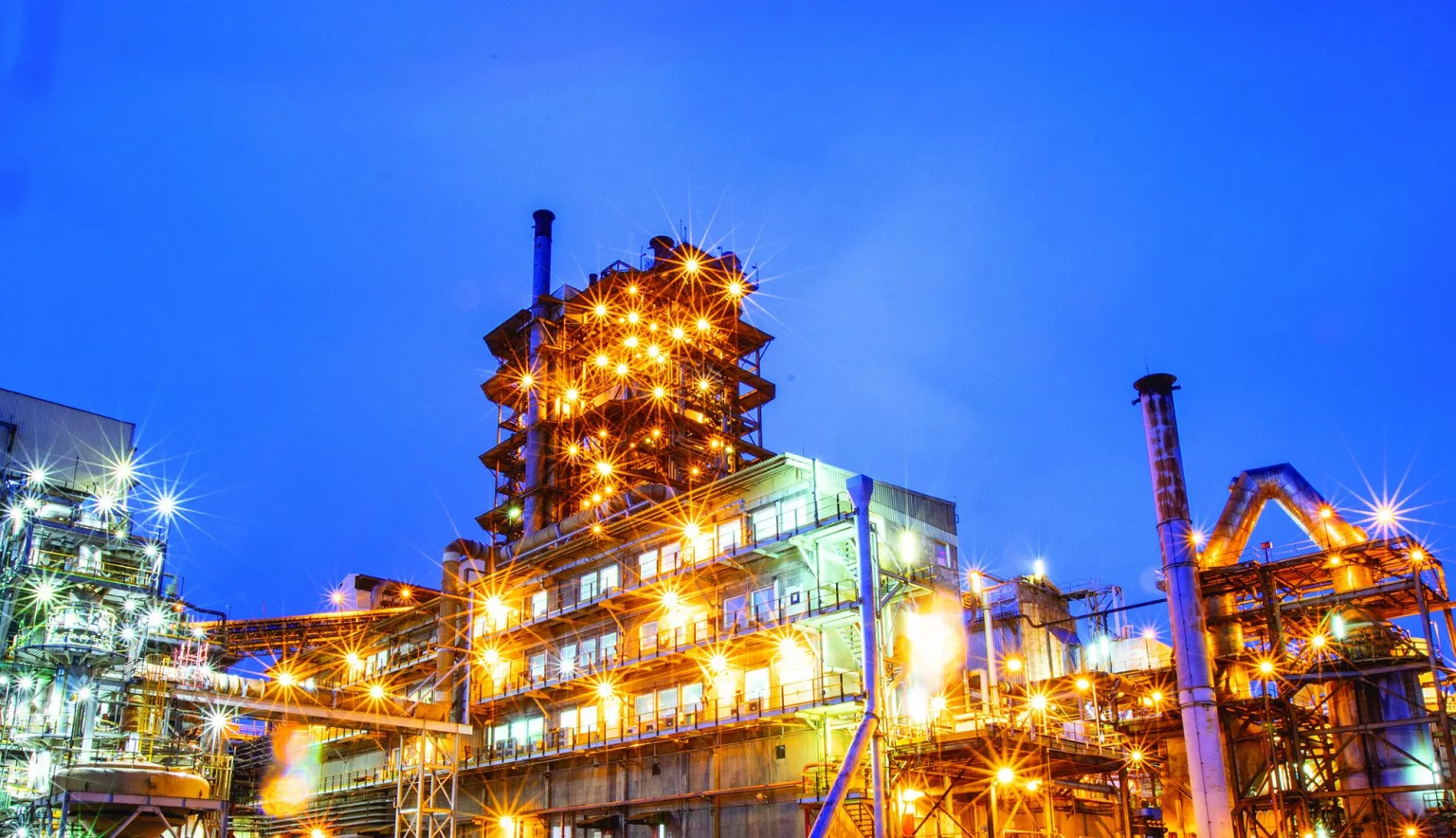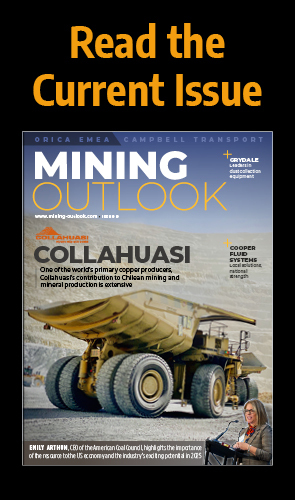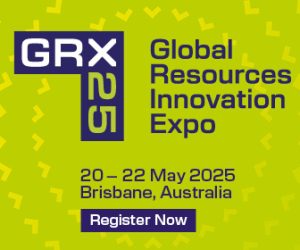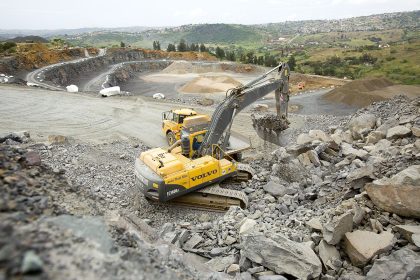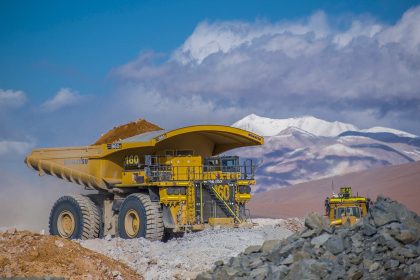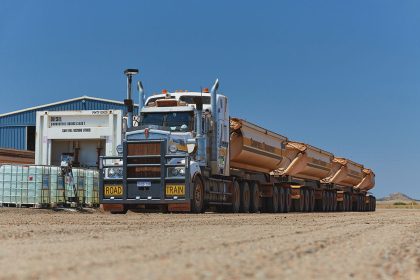An ancient metal key to modern global growth, we take a look at one of Africa’s largest copper producers, Kansanshi Mining Plc, and speak to executive members of the company about its impact on communities, the environment and the globe.
There are few discoveries that have been as impactful to human development as that of fire.
Fire, and the result of energy transference onto solid and liquid matter to varying effects and degrees, entirely changed the way that we – as a forward-thinking and innovative species – have moved ahead, and has spearheaded the way that we have manipulated the environment around us to our benefit and survival for thousands of years.
It has been thanks to this rudimentary energy source that we have been able to cook food, sterilise water, light settlements and warp materials to our will.
Where fire was the root of our revelation, the impact of the raw element on such materials allowed us to realise a breadth of opportunities that lay before us, and when we first mined metal ore, we saw only a greater opportunity to grow and evolve.
Indeed, copper stands as one of the oldest metals discovered to date (with its use dating back as long ago as 9000 BCE) and was one of the first metals used to make tools, implements, weapons, coins and status objects such as jewellery, followed by other metals such as tin, lead, gold, silver and hardy iron. Both copper and gold, with malleable natures combined with a shining aesthetic, helped progress the already embedded and fledgling concepts of trade and commerce that would themselves birth the first basic markets and lead forward collaborative societal growth and prosperity in later ages.
Today, the use of copper varies, yet it retains its status as a high-value metal all the same.
It is no longer beaten into sharp edges to do battle, nor widely seen as a status symbol when it comes to jewellery but is instead a key component used in a vast array of industries, tools, technologies and necessities of the 21st-century world. Durable, malleable and superconductive, copper is present in almost all forms of battery across the globe, which in turn makes it a critical resource to machinery, vehicles and electric motors worldwide.
The metal helps power machinery used in industries at the centre of urban growth, such as that of building construction, electronic product manufacturing, and power generation and transmission, with the root of this growth coming from the mining of copper deposits internationally.
These mining reserves exist as the start of a process that ensures people all over the planet have access to travel, technology and the digital realm to keep the world moving at a swift and continuous pace.
MINING IN AFRICA
The construction industry exemplifies exactly why copper is a high-value and chosen material for use. Copper’s bacteriostatic properties make it the standard material for potable water and heating systems in most developed countries. Copper is considered the safe choice in plumbing, heating systems, taps, valves, roofing, heating and air conditioning systems as it is resistant to oxidation, extreme heat corrosion and chemical corrosion, will not burn, melt or release toxic fumes unlike other metallic options.
Copper is also a sustainable material; its recycling rate is higher than that of any other metal in the world. Each year, nearly as much copper is recovered from recycled material as is derived from newly mined ore; around 80 percent of the copper that has ever been mined is still in use today.
As for gold, in addition to its use in jewellery, the precious metal plays an important role in modern health applications and research, and is used in medicines, lasers, thermometers and genetic research. Gold is the most ductile metal in existence and is a good conductor of heat and electricity, present in computers, and also used when it comes to telecommunications, digital technology and space exploration.
Africa is home to a substantial metal and mineral deposits, most notably gold, diamonds, iron ore and gypsum, and two of the globe’s top 10 copper-producing countries are in Africa, with production mostly concentrated across four countries: the Democratic Republic of Congo (DRC), Namibia, South Africa and Zambia.
The Copperbelt, a natural region in Central Africa that borders northern Zambia and southern DRC, is widely known for its mining operations, and Zambia’s own Copperbelt Province sits in this region. Within this province, operations in the Kansanshi copper-gold deposit exist with a long history stretching back for over 1,500 years to the indigenous people who mined high-grade copper from its rich veins.
The Kansanshi copper-gold deposit is based near Solwezi, around 160 kilometres (km) west of the copper-cobalt reserves of the Zambia Copperbelt and remains today an active area live with open-pit sites.
Operating the country’s copper deposits via the site is the globally reputed Kansanshi Mining Plc (Kansanshi), a copper and gold mining company under the banner of the international conglomerate First Quantum Minerals Limited (First Quantum).
First Quantum is a global copper company that produces copper in the form of concentrate, cathode and anode, and boasts inventories of nickel, gold and cobalt as well. First Quantum operates long life mines in several countries and employs approximately 20,000 people world-wide. The Kansanshi copper-gold mine was the company’s flagship operation since 2005 for a number of years until FQM Trident’ Sentinel Mine and Conbre Panama came into production.
From its two open pits, the Kansanshi copper-gold reserve produces more copper than any other mine in Africa. Since production at Kansanshi commenced in 2005, the company has installed several expansions, and the operation is now capable of producing 340,000 tonnes of copper and more than 120,000 ounces of gold per year.
Kansanshi employs more than 13,000 people, primarily made up of a localised Zambian workforce, and utilises state-of-the-art technology to extract copper and gold from three different ore types, with world-class efficiency. The Kansanshi mine is owned and operated by Kansanshi Mining, which is 80 percent owned by First Quantum.
“The Kansanshi deposit is the site of one of the oldest copper mines in the whole of Zambia and dates back to the fourth century A.D,” introduces Anthony Mukutuma, General Manager of Kansanshi. “It has been mined intermittently since that time by various parties including ZCCM Investment Holdings (ZCCM – formerly Zambia Consolidated Copper Mines Limited) which, in 1969, approved the development of an open pit mine to treat high grade oxide ore.”
In 1998, ZCCM formally ceased operations at the Kansanshi deposit and initiated closure and reclamation activities. Subsequently, Cyprus Amax Minerals Corporation (Cyprus Amax) acquired a majority of the ownership of surface leases and selected assets associated with the area from ZCCM and the Government of the Republic of Zambia (GRZ).
After completion of metallurgical test work and a feasibility study to determine the potential for a 124,000 tonne per annum copper production site, Cyprus Amax was acquired by Phelps Dodge Corporation in 1999.
“First Quantum Minerals purchased its 80 percent interest in Kansanshi from Cyprus Amax in August of 2001 and went on to redesign the process flowsheet to treat sulphide and oxide ores separately,” Mukutuma explains. “Commercial production at Kansanshi was achieved in April of 2005, and four years later, a plant to treat transitional (mixed) ore was designed and commissioned.
“Today, the Kansanshi operation includes three concentrators producing copper concentrate and gold dore (from gravity concentrators in the milling circuit and the associated gold plant) and a leach-SX-EW circuit that produces Grade A copper cathode. The concentrates are treated at the Kansanshi Smelter (commissioned in 2013), to create copper anodes and at the high-pressure leach plant to produce copper cathode.”
MINING AND PROCESSING
Kansanshi is a vein deposit, with economic copper and gold mineralisation occurring in three ore-types: primary sulphide, mixed supergene and oxide.
Mining is carried out in two open pits, Main and Northwest, using conventional open pit methods employing hydraulic excavators and a fleet of haul trucks with electric trolley assist on the waste haul. Ore treatment is flexible to allow for variation in ore type either through an oxide leach circuit, a sulphide flotation circuit and or a transitional ore (mixed ore) circuit.
Sulphide ore is treated via crushing, milling and flotation to produce copper in concentrate. Mixed ore is treated through a similar circuit with the option to treat the flotation concentrate via the high-pressure leach (HPL) circuit.
Oxide ore is treated via crushing, milling, flotation, leaching and the SX/EW process to produce a sulphidic and gold bearing flotation concentrate as well as electro-won cathode copper.
Gold is recovered from all ore types by six gravity concentrators. Gemini tables treat the gravity concentrates and produce a high-grade concentrate for direct smelting to gold bullion.
A portion of the copper concentrate produced from the sulphide and mixed ore circuits is treated in a HPL facility. Copper is recovered by oxidation and leaching in autoclaves, and gold is recovered from HPL residues via an acid-resistant gravity concentrator.



